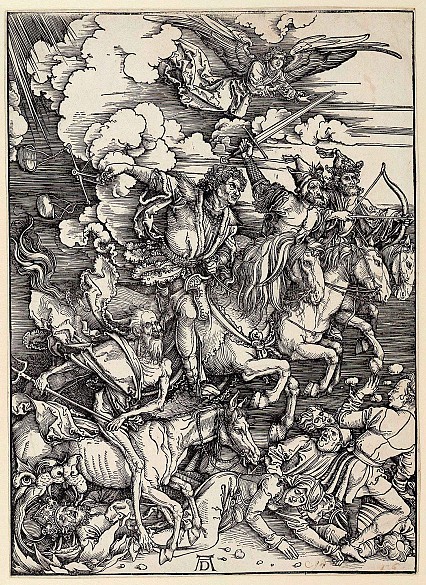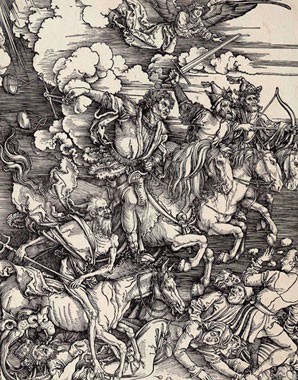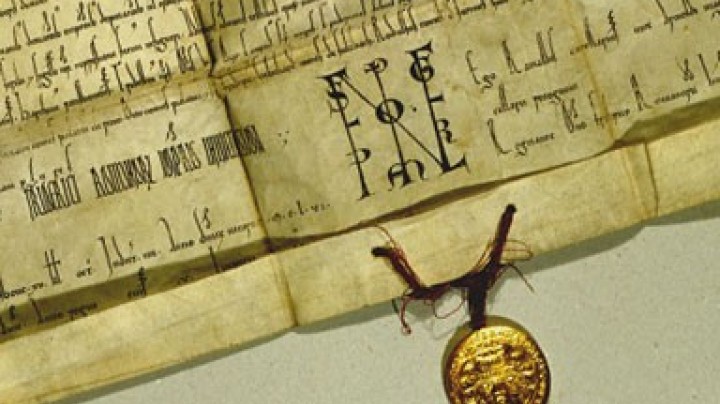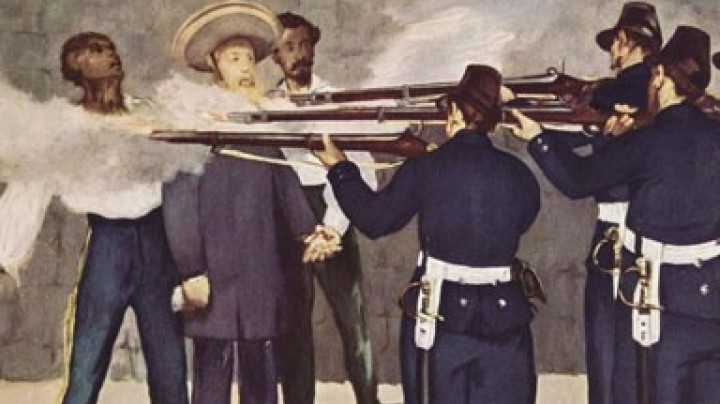‘The end of the world is nigh’ – The people of Europe beset by natural disasters
Freak weather, swarms of locusts, earthquakes – some of the natural phenomena which occurred in the fourteenth century were reminiscent of the Bible’s prophecies of the Apocalypse.
From spring to autumn the year 1313 brought such heavy rainfall in Europe that the harvest failed and famine ensued. Since reserves were very low, the floods and unusually low temperatures had dramatic effects on the population. The people of Europe reacted to the famine by, for example, adding roots, grass and wood shavings to dough. If hemp or belladonna were put in the bread in order to reduce the feeling of hunger, the result could be serious poisoning. There was also an increase in illnesses caused by malnutrition, which also helped the spread of epidemics.
Between 1338 and 1341 gigantic swarms of locusts invaded Central Europe, causing enormous damage. Migratory locusts, which contemporary reports describe as darkening the sky, not only destroyed entire harvests but were also supposed to be, according to the Bible, precursors of the Apocalypse. Hence Charles IV, the Holy Roman Emperor at the time, noted that ‘the Day of Judgement’ was at hand, ‘for the whole world is full of locusts.’
Something else that contributed to the general feeling of insecurity was an earthquake that hit the town of Villach and the surrounding area on 25 January 1348. Its epicentre was in the Friuli region of north-eastern Italy, and it also caused serious damage in Venice, Trento and Bolzano. The quake and the fire that followed destroyed most of the town of Villach, with nearby monasteries and castles also being damaged. The earthquake also caused a landslide which forced people in some parts of the countryside to abandon their villages, because the falling rocks dammed up the River Gail and destroyed a great deal of agricultural land.














